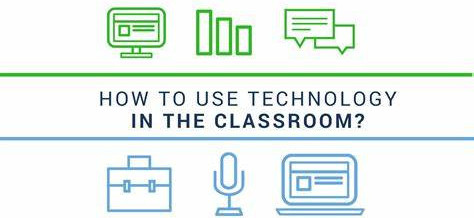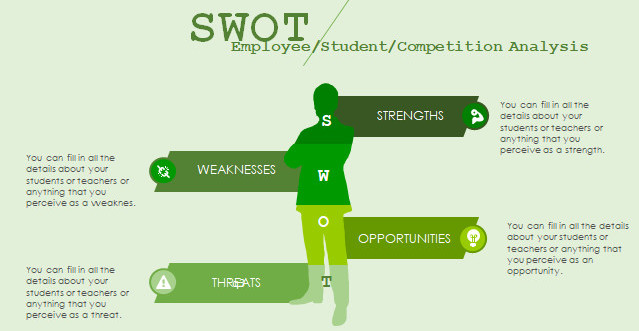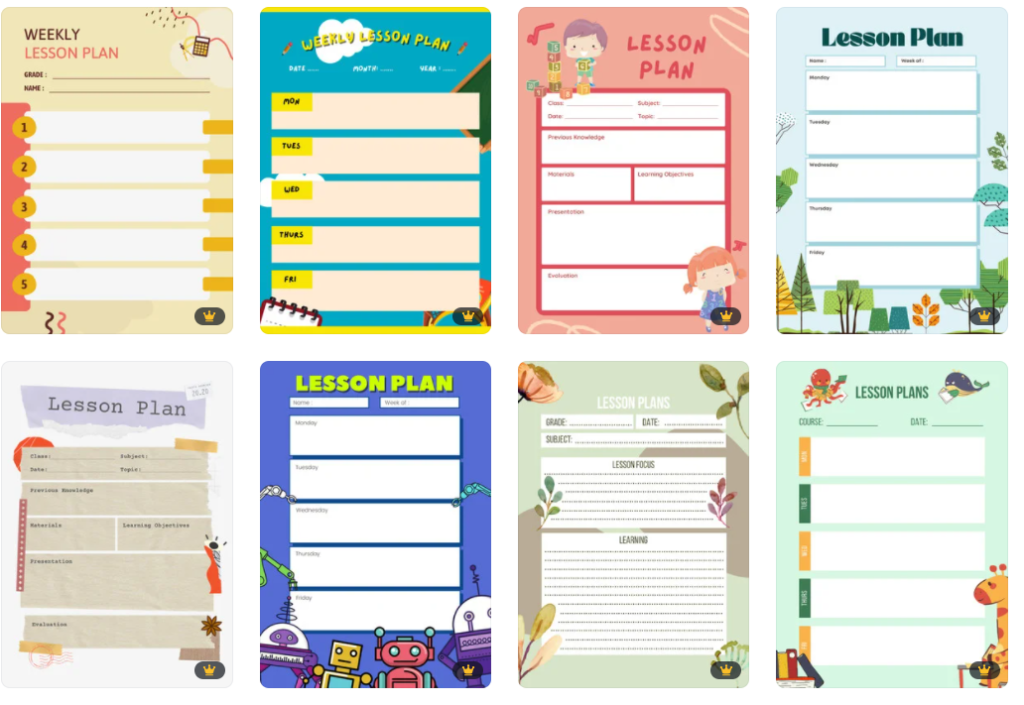Vietnam is funny and frustrating at the same time.
But I love Vietnam for the challenges it gives and the lessons you learn. In my 15 years here I have had a lot of funny things happen. There are a lot of sad things too, but the highs and lows of living in a different culture will give you memories for life.
Sometimes these stories are mixed with tinges of sadness and pain but on reflection, they can be as funny as anything you have ever laughed about in hindsight. Challenges and tribulations go hand in hand in Vietnam.
Vietnamese are like bamboo, strong and resilient, and can bend to politics, invasions, and wars as the bamboo bends in the wind. A truly remarkable and amazing people and culture.
And then I came along.
Teaching in Vietnam can be a lot of fun and very rewarding if you put in the time to actually help the students. But sometimes it is what happens outside the classroom that makes the teacher experience here so much fun. Here are a few stories I have never shared before.
Story No. 1
I thought I knew my way around after living in Vietnam for close to 4 years. I had traveled pretty extensively and had a smattering of the “lingo” I was street smart and I knew my stuff. No one was going to make a fool of me, except me.
I had been working hard. When I first came there was this big male macho thing about how many hours you could punch out in a month. I could do between 150 to 200 a month. I knew 1 person who was doing 240 hours. Not possible you say.
Different times. Going from class to class starting in public schools at 7 am and finishing up in private schools at 11 pm. Saturday and Sunday classes back-to-back from 7.30 am to 11 pm again. Then do it all again after partying all night on the weekends.
Anyway now you know why I was tired. I was about 2 years into this cycle of teaching long hours and had just finished an early shift in Go Vap in Ho Chi Minh City, Vietnam. The students were great and I was on a high. But so tired I couldn’t ride a motorbike.
So I called my future wife to be and asked her to pick me up. I didn’t want to fall asleep driving a 2 wheel murdering machine. She was working and could not pick me up. But said she would call me a “Xe-Om”, a motorbike taxi. Cool I thought, I am back in the afternoon, will pick up my bike then after a couple of hours of sleep.
Stepping outside into the glare of the 11.30 am sunshine and surrounded by talkative students, I eyeballed my “Xe-Om” driver and waved. He waved back. Wow, he’s wearing a suit, the first time I have ever seen a “Xe-Om” wearing a suit. Very posh I thought. Must be a new service I thought smiling as I jumped on the back of his bike.
“Di Di” I said. Go, go in English. He turned around and looked at me bemusedly as one of my students came up to me and asked.” Teacher, why are you on the back of my Dads motorbike.” Cringe.
I looked around and saw MY “Xe-Om” doubled up in fits of laughter waving me over to his motorcycle. He wasn’t wearing a suit. What was I thinking?

Story No.2.
This story happened about 8 years ago. This is a hindsight story. Built out of adversity and a fair amount of personal pain. I was unfortunate enough to have cancer of the bowel and had to have a colostomy bag for about 4 months while everything got working again.
Luckily it was benign and the operation was a huge success. I will tell my funny hospital story after this. So after sitting around the home for about 3 months feeling sorry for myself, I decided to go back to work. Colostomy bag, no problems.
Perhaps I should have limited my teaching activities to private schools. But no, jump in the deep end. Back to the public schools, 50 plus students to a classroom. Morning breaks and lunchtimes kids buzzing around and seeking out the foreign teachers to tease and have fun with them.
One of the younger students, bless her heart, came up and gave me a big hug. Hope you are feeling better teacher. All students had been warned, please do not hug or bump Mr. Stephen or it might be ugly. All in Vietnamese of course, it sounded more like pooh Volcano.
And that is pretty much what happened, but not immediately. I knew something had gone wrong straight away. I could smell it, I sniffed out the problem and went directly to the men’s toilets. Phew, no one there.
Very very slowly I tried to detach the colostomy bag. My god, a supernova brown volcano. It went everywhere, the walls, the roof, my shirt. What could I do? Phone the wife. Yes, we were married now. Quick, I need a new shirt. ( I always carried a spare colostomy bag in those days).
Dutifully she said I will be there in 10 minutes. Great I thought, just in time for class. Well, mistake number 2 was about to happen. I will wait outside the toilets. So I walked outside just as the female cleaner walked in to clean up after the “foreigner’
I have never seen anyone before or after look at me in that way as she walked back out. It was 50% shock, 50% awe, and 100% scared of all foreigners for the rest of her life.
Blame me why Asians buy so much toilet paper. It is just in case I walk into their house.
Story No. 3.
This is short and not sweet at all. This is about when I was in the hospital and had just got out of surgery. As I said before I had bowel cancer. My stomach had swollen up like a balloon and there were no elevators going downstairs to take the rubbish out.
Once I got to the hospital they very quickly put me under and had me under the knife. It seems I died on the operating table but was too stubborn to give up. The doctors had my insides on the outside and did a marvelous job putting everything back in place.
Obviously, I knew nothing about this until I woke up. and wasn’t that fun. They gave me morphine to kill the pain because it was so bad. So after all that, feeling light-headed and just awake after surgery the Doctor came in.
I didn’t smell great and the Doctor noticed too. He asked the nurses when the last time my bandages had been changed. They shuffled their feet and looked like wayward schoolchildren. So the Doctor, poor guy, ripped off my bandage to change it and got covered in the contents of my bowel.
The very first supernova brown volcano. I hurt, I laughed, I hurt, I laughed.
Who am I?
I am a survivor and my name is Stephen and I love my life. I love walking, swimming and barbecues, and dogs. Life is amazing, live it to the full.
If you like this, please check out some of my other posts at vietnamesl.
I live in Vietnam still and you can check out my house below on YouTube.
I hope you enjoyed my stories about my life in Vietnam. Do you have any stories you want to share?
Any or all links on this site may be affiliate links, and if you purchase something through those links I will make a small commission on them.
There will be no extra cost to you and at times due to my affiliation, you could actually save money.
You can read our full affiliate disclosure here.


























